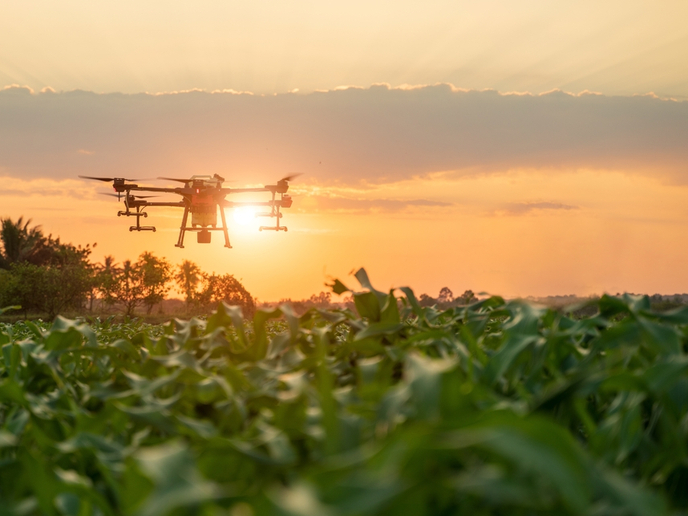Plant-based bioactive compounds for medical and agrochemical applications
Science is continually screening low-molecular-weight compounds from a plethora of synthetic and natural sources in the search for molecules with novel or superior pharmaceutical or biological activities. While plants are a potentially rich source of such molecules, plant metabolism is still under-explored (due to extreme diversity and complex chemistry), and the full potential of plant-derived, low-molecular weight, bioactive compounds is still largely untapped. Against this background, the EU-funded TriForC project established an innovative strategy for exploiting plant triterpenes, one of the largest classes of plant bioactive compounds with an astonishing array of structural diversity and spectrum of biological activities. “We have developed a pipeline for the discovery, sustainable production and commercial utilisation of known and novel high-value triterpenes with new or superior biological activities” says project coordinator Søren Bak. Making headway with bioactive triterpenes Among its key achievements the team identified new bioactive triterpenes for further commercial development of pharmaceuticals and agrochemicals. “The data behind these discoveries are not yet public and one patent has been filed” reveals Mr Bak. TriForC also established structure-activity-relationships of triterpenes to understand why some triterpenoids have a given biological activity and how this knowledge can be used to develop new drugs or biopesticides for agriculture. In addition, the project built a genetic toolbox that captures triterpene diversity in the laboratory. “We’ve identified over 100 enzymatically validated enzyme-encoding genes or regulator-encoding elements for triterpene metabolic engineering in plants, algae or microbes,” explains Mr Bak. The TriForC toolbox has also been used in synthetic biology and combinatorial biochemistry programs to enable custom-designed production of natural and ‘new-to-nature’ triterpenes. A closer look at the usefulness of triterpenoids TriForC, which refers to ‘Triterpenes for commercialisation’, successfully bridged basic and applied science in this field. It improved understanding of plant secondary metabolism in general, including the synthesis and diversity of triterpenes. Moreover, TriForC set new standards for using plant bioreactors and microalgae in the bioproduction of triterpenoids. The project’s research also updated current views of metabolic pathways in plants and how these pathways are structured, activated, and controlled, including how they may have evolved over time. The TriForC extracts were screened by the partners for their potential in drug design and for use in agriculture such as biopesticides. “We’ve focused on screening for biologically active triterpenoids with insecticidal and fungicidal potential for agrochemical applications, as well as for drug medicinal targets to treat cancer, inflammation, obesity, diabetes, and HIV-1 infection” underlines Mr Bak. “Most of the extracts could be made available for other European researchers,” he adds. It is interesting to note that triterpenoids are quite often made by plants as defensive compounds to protect specific parts of the plant from being eaten or damaged by insects, bacteria or fungus. Within this context, they often boast very specific and potent biological activities, many of which are exploited already in Chinese herbal remedies or natural oils. “Due to their high structural diversity they are known to have a wide range of commercial applications in the agriculture, food, cosmetics and pharmaceutical sectors, as pesticides, drugs, adjuvants, antimicrobials, anticancer agents, surfactants and preservatives,” says Mr Bak. To ensure long-term continuity of its research efforts, TriForC provided extensive training to early career scientists through workshops and mentoring, in addition to training participating researchers. It also reached out to broader audiences, especially through the SAW Trust initiative. There is no doubt that the outcomes and dissemination efforts of this project will contribute to valuable new applications and compounds across many fields.
Keywords
TriForC, plant metabolism, triterpenes, triterpenoids, biopesticides







